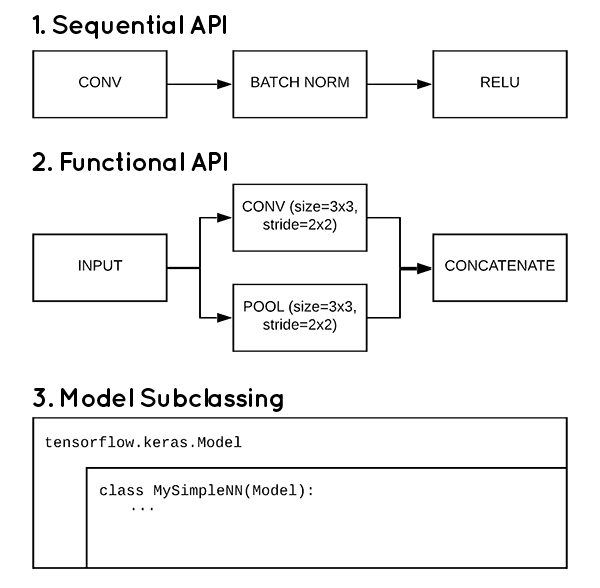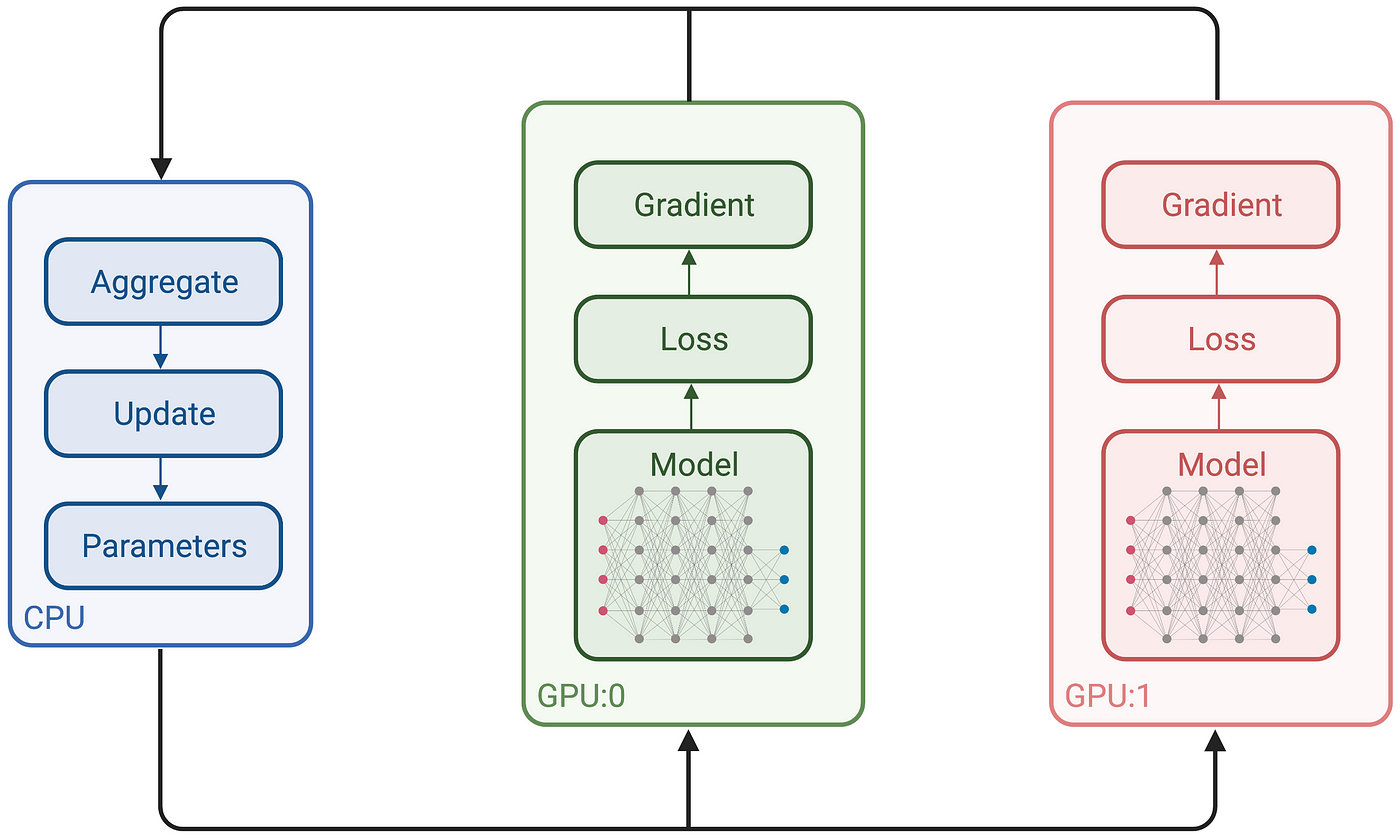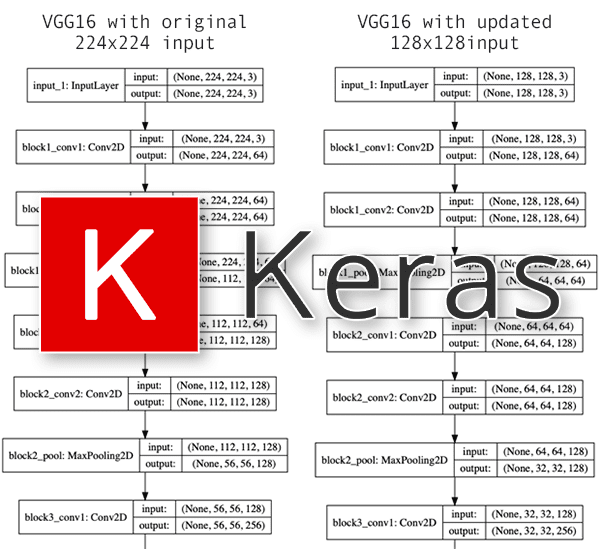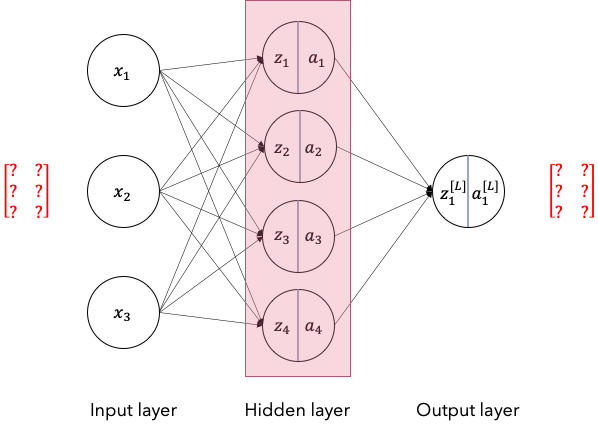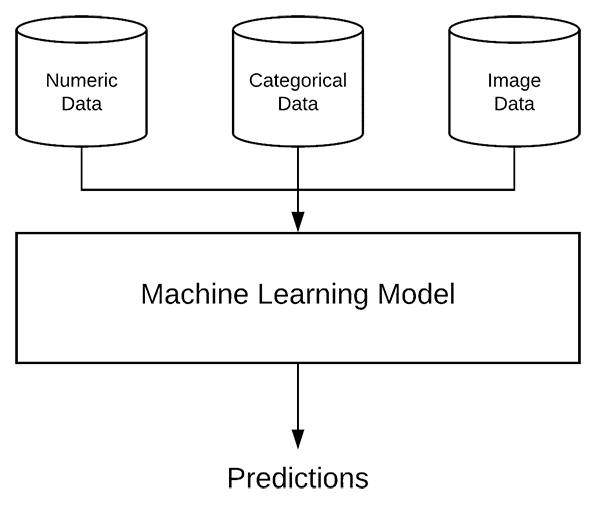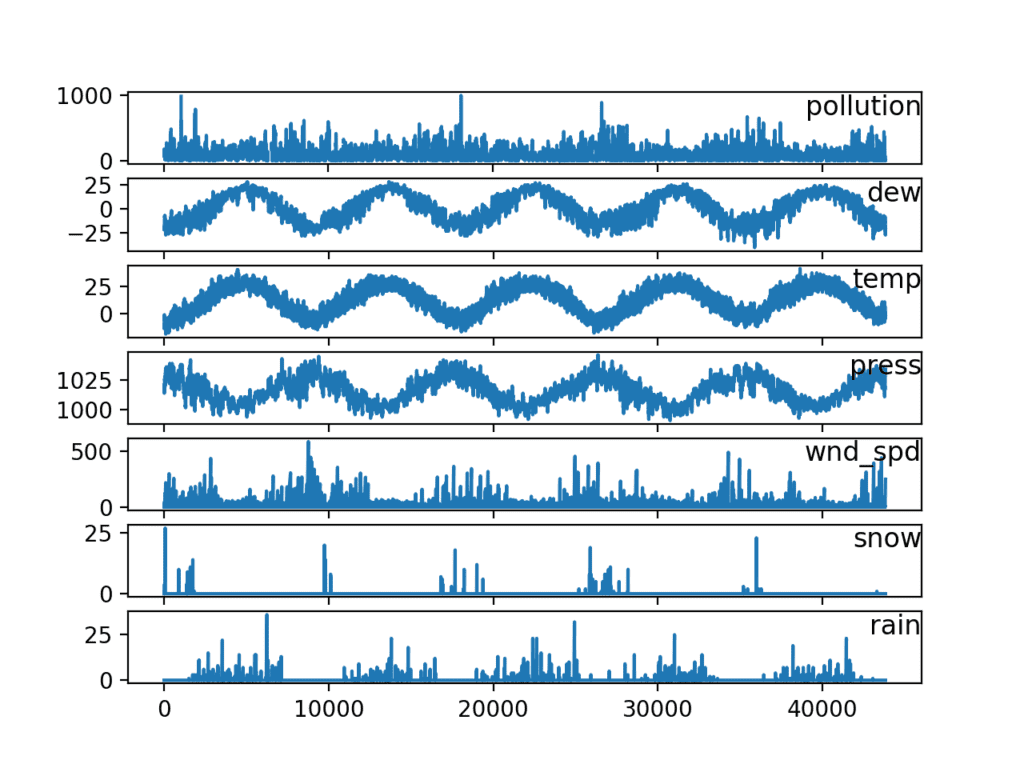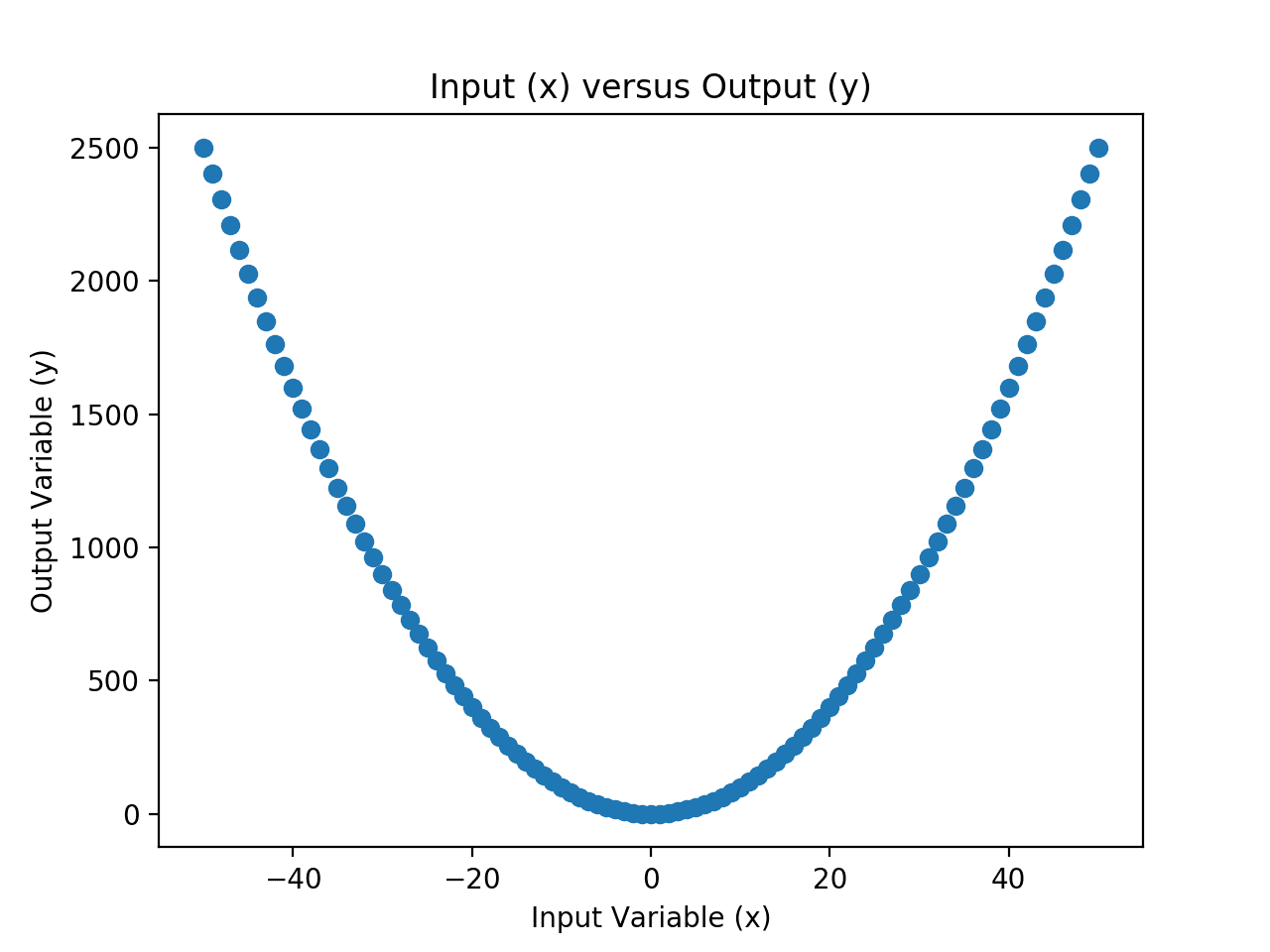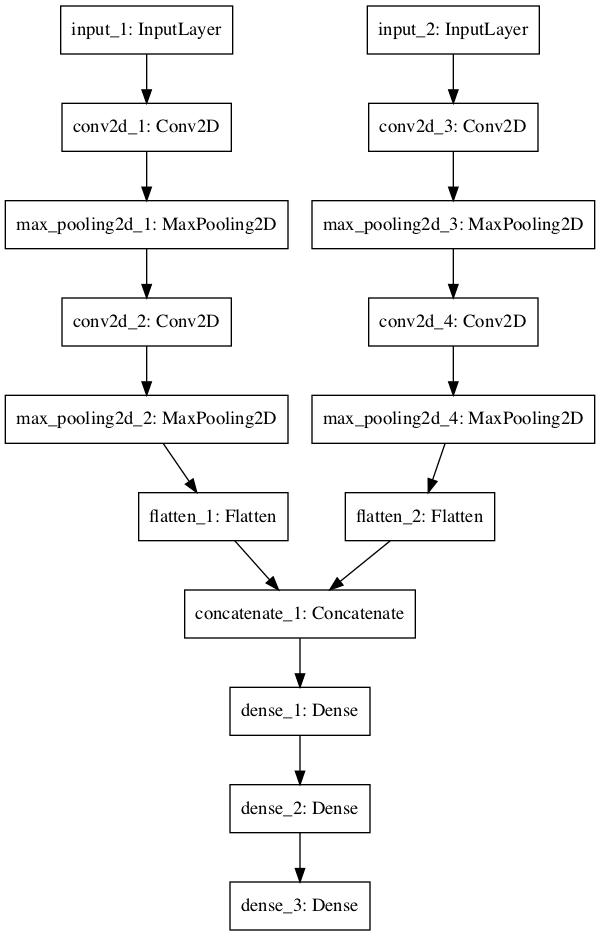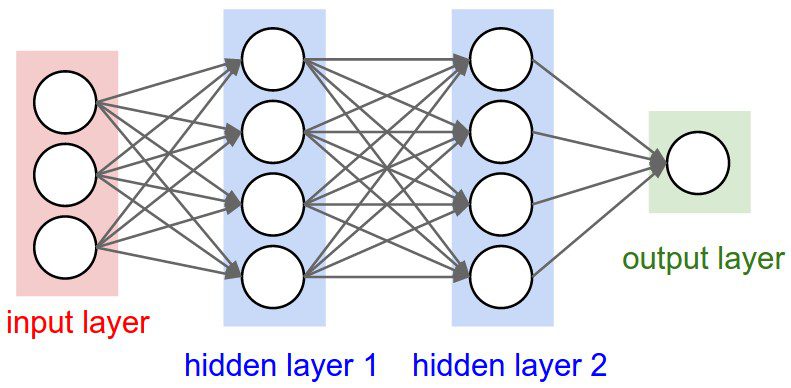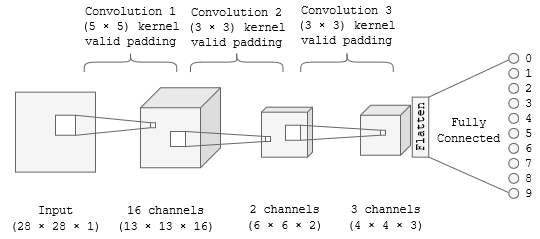
A Comprehensible Explanation of the Dimensions in CNNs | by Felizia Quetscher | Towards Data Science
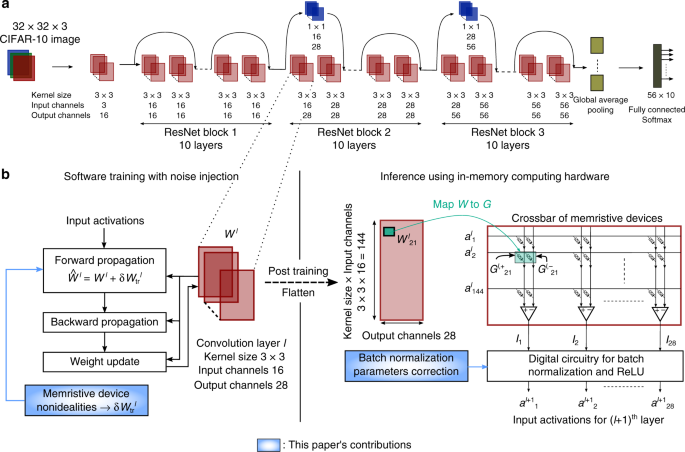
Accurate deep neural network inference using computational phase-change memory | Nature Communications

Deep multiblock predictive modelling using parallel input convolutional neural networks - ScienceDirect
InvalidArgumentError: Only one input size may be -1, not both 0 and 1 · Issue #454 · tensorflow/nmt · GitHub

DeepSpeed: Accelerating large-scale model inference and training via system optimizations and compression - Microsoft Research
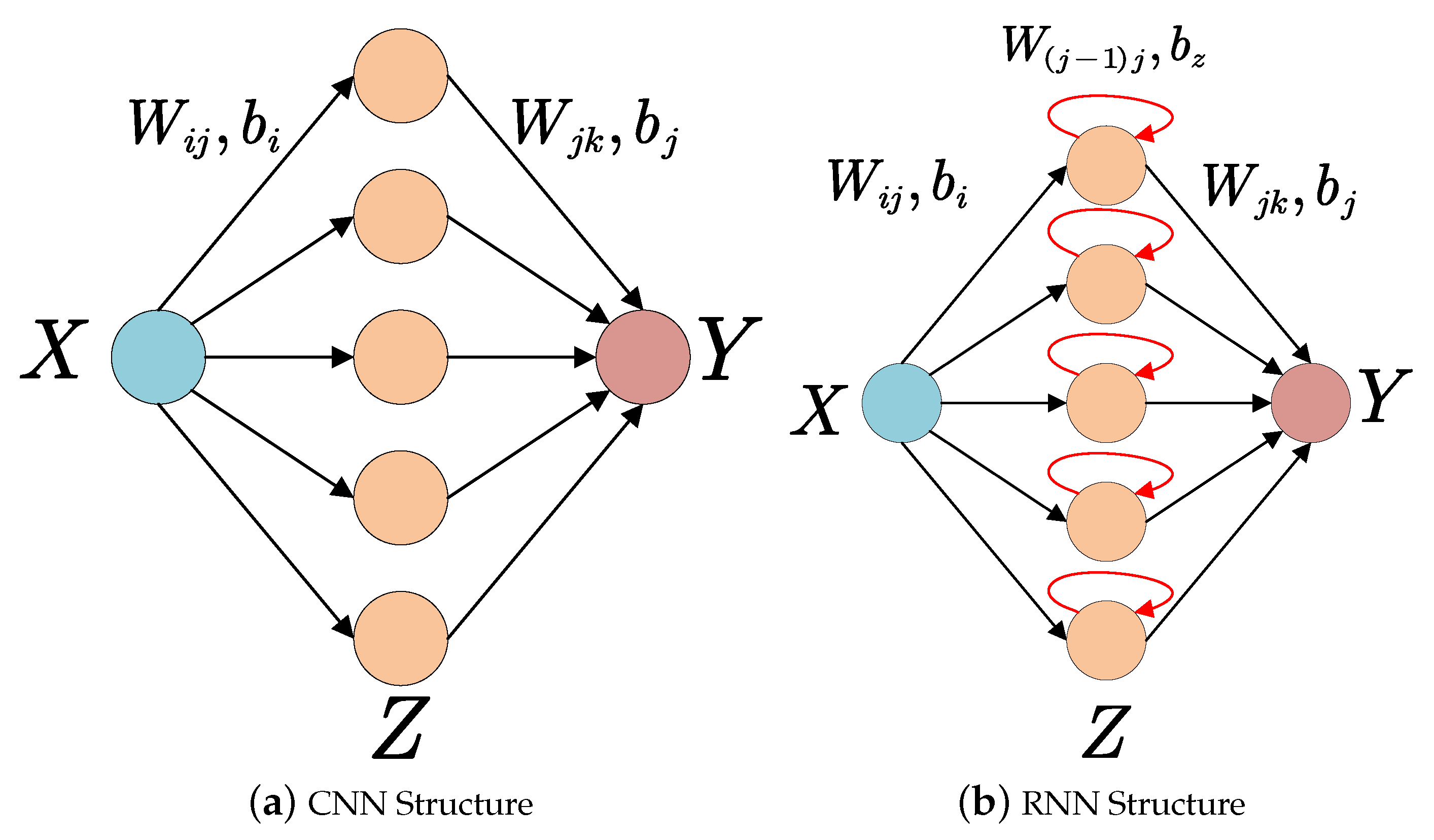
Electronics | Free Full-Text | Accelerating Neural Network Inference on FPGA-Based Platforms—A Survey
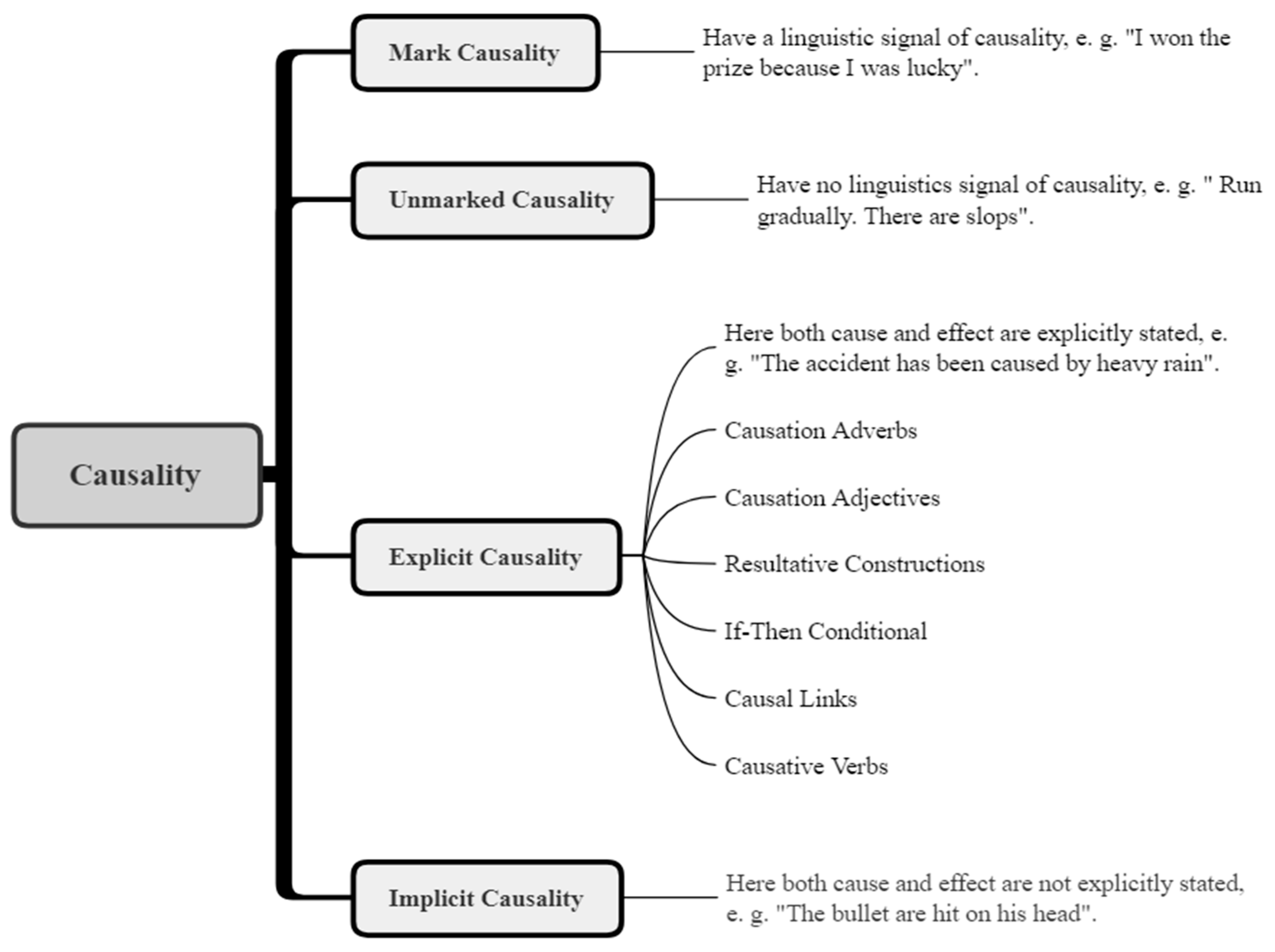
Applied Sciences | Free Full-Text | Causality Mining in Natural Languages Using Machine and Deep Learning Techniques: A Survey

Accelerating Inference in TensorFlow with TensorRT User Guide :: NVIDIA Deep Learning Frameworks Documentation
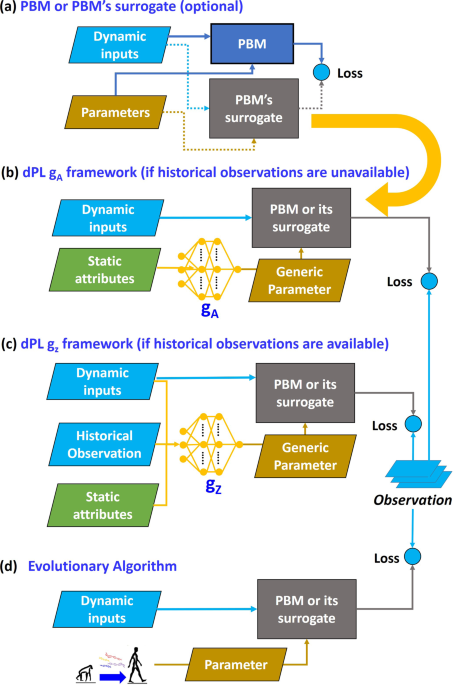
From calibration to parameter learning: Harnessing the scaling effects of big data in geoscientific modeling | Nature Communications
